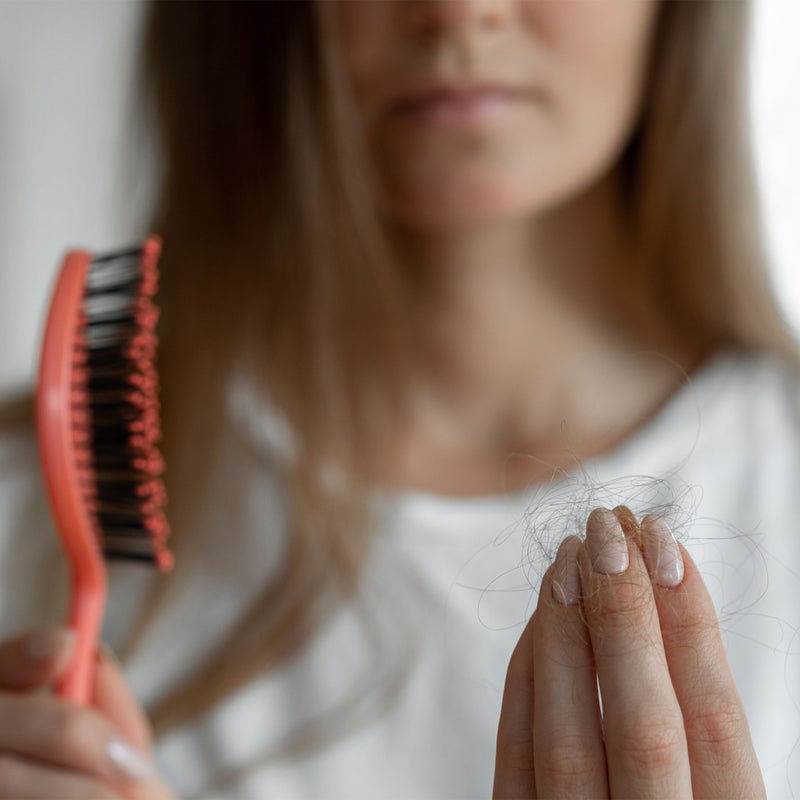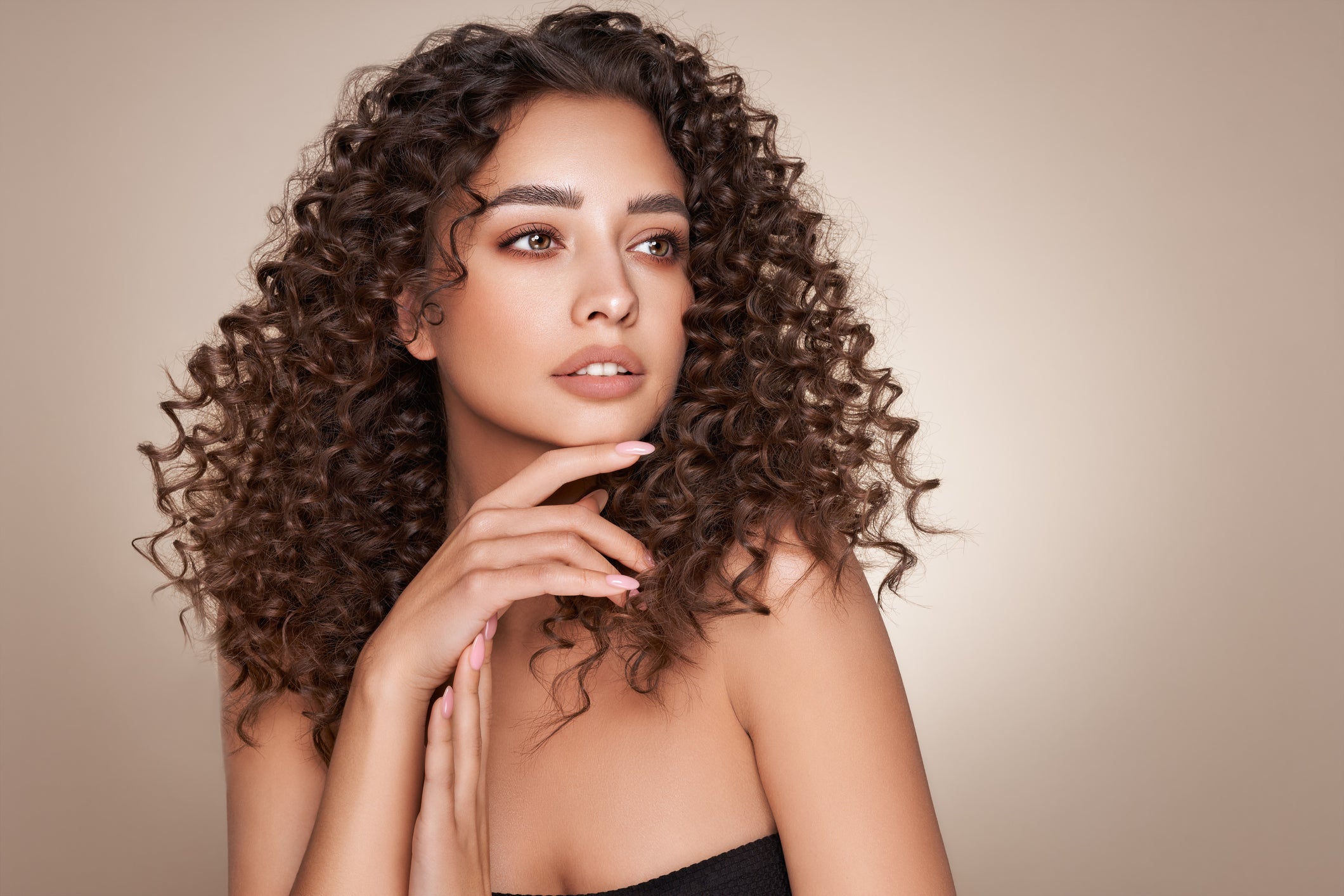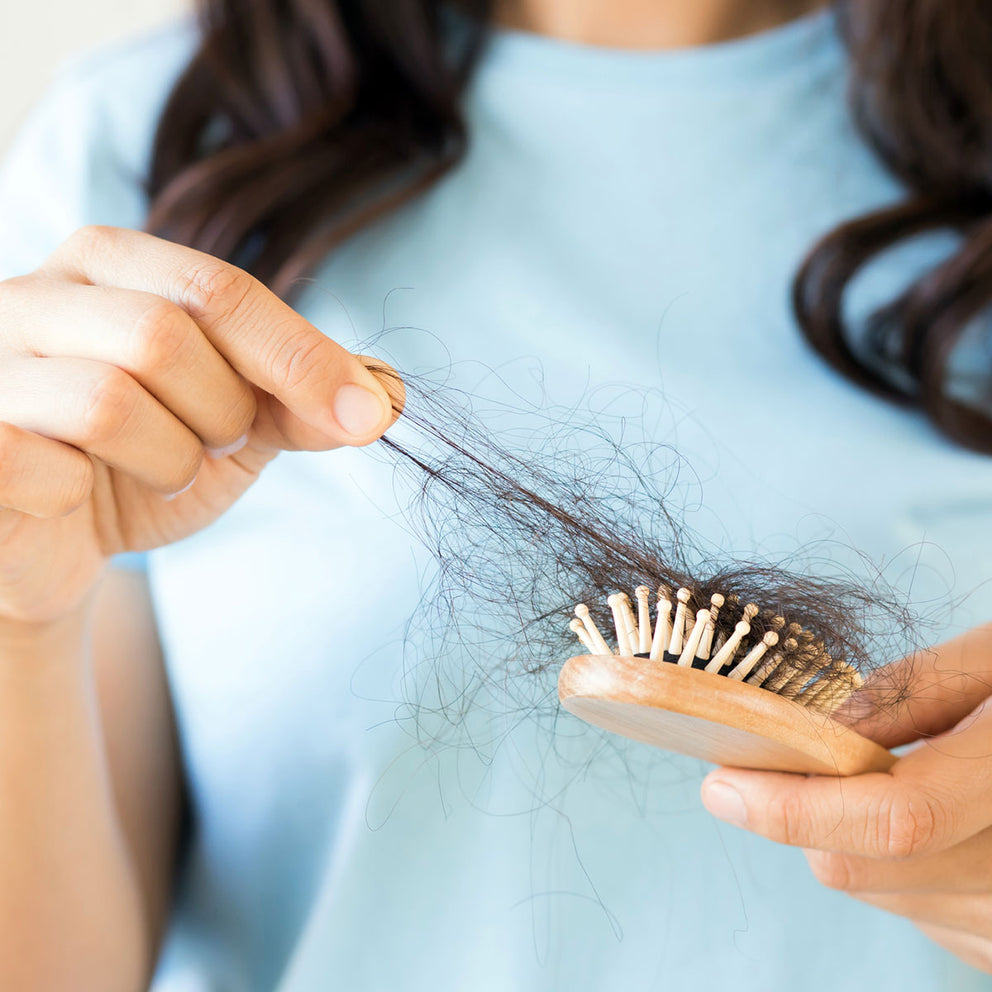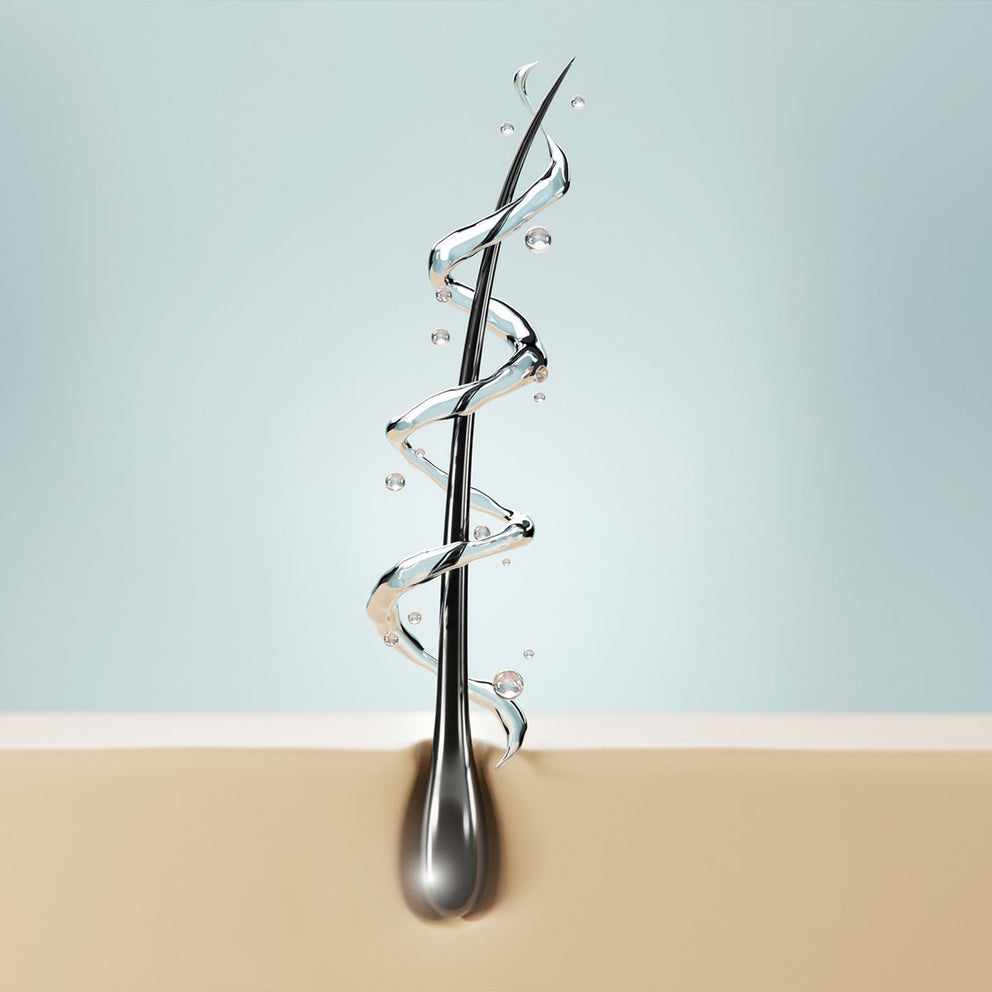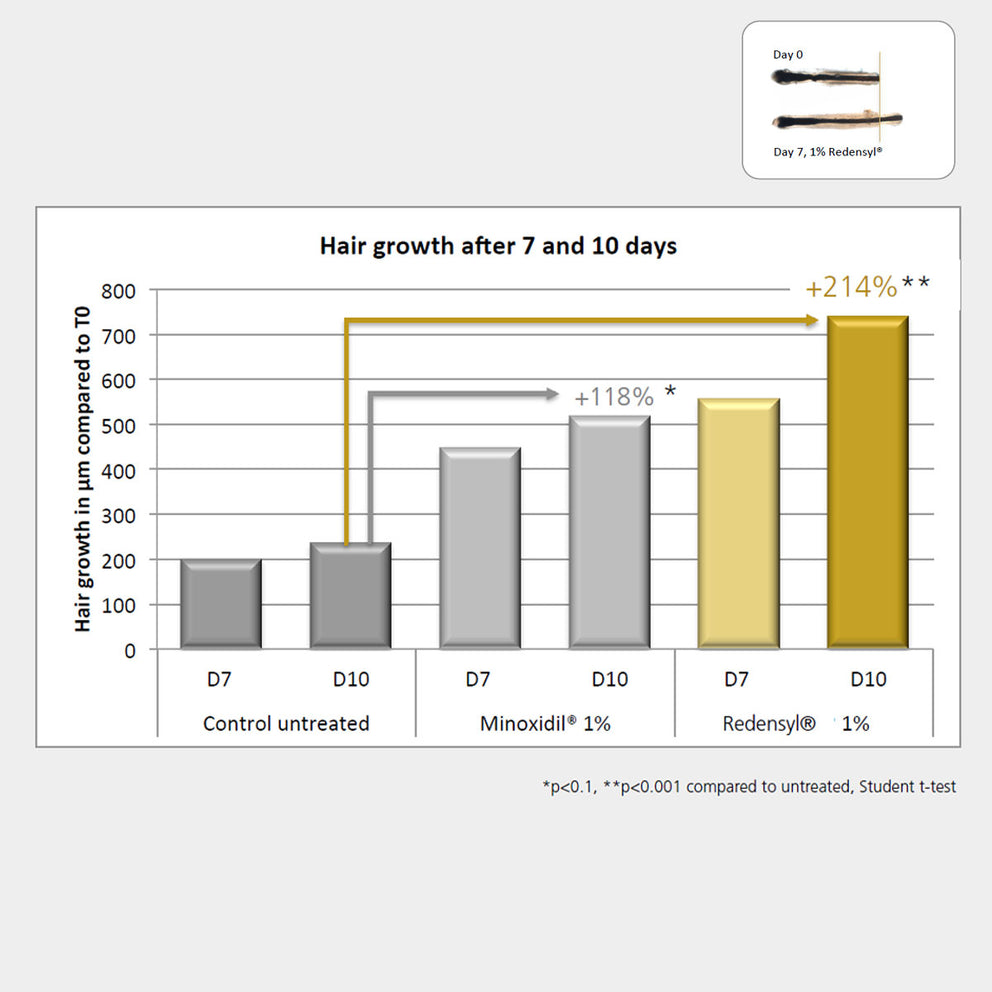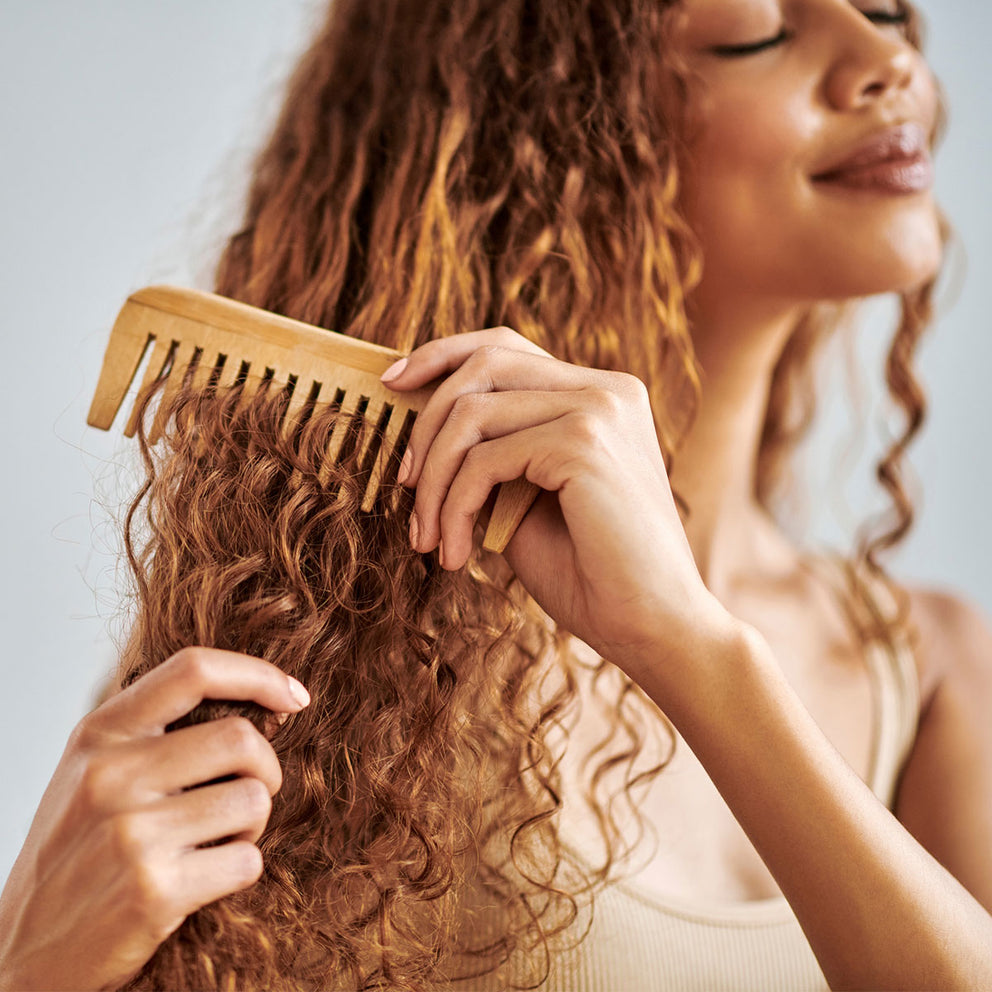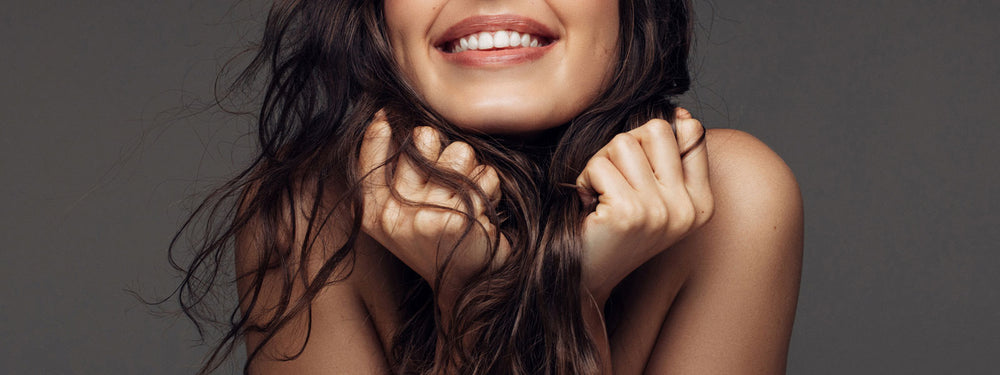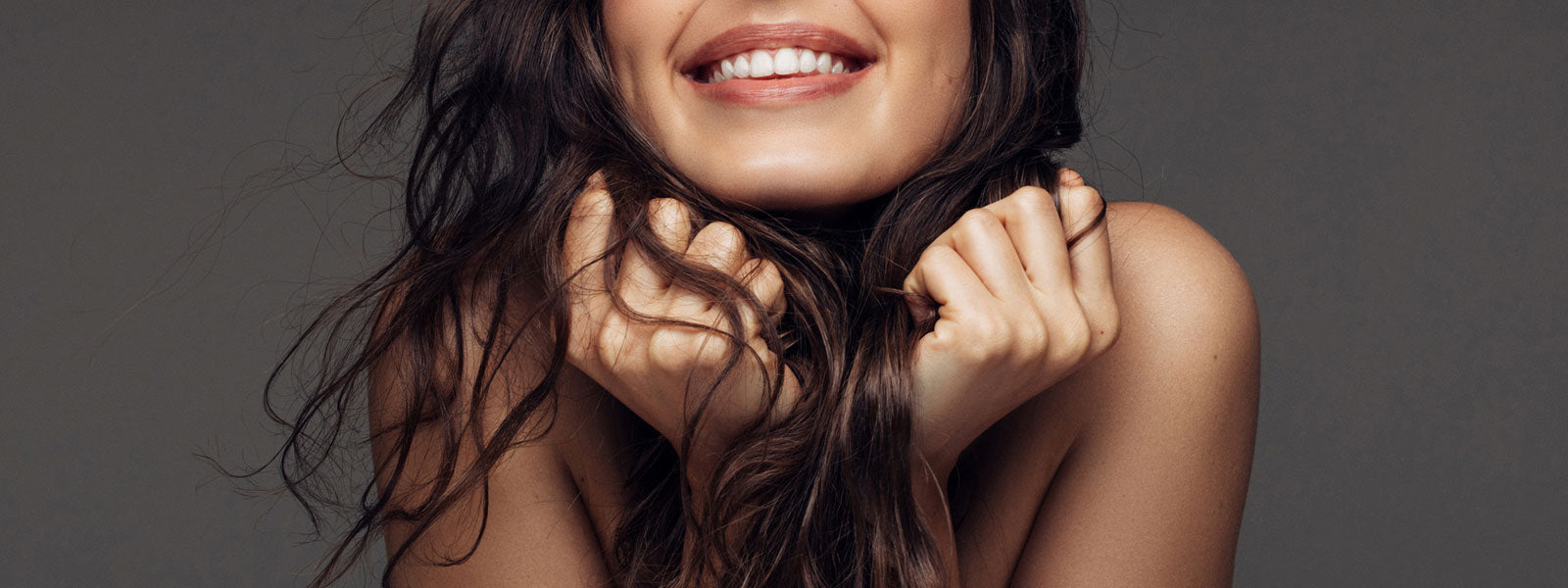Uncovering the Secrets to Healthy Hair
Have you ever wondered why sometimes your hair feels like it’s growing like a weed, and other times it seems stuck in a standstill? Or perhaps why that friend who swears by their vitamin routine has locks that look straight out of a shampoo commercial? Let’s dive into the fascinating world of hair growth and uncover the secrets behind those luscious locks backed by some good ol' science.The Hair Growth Cycle DemystifiedFirst things first our hair isn’t always in the “growing” mode. It takes breaks too! Every strand on your head is on its unique growth journey, passing through distinct phases:1Anagen Phase (Growth Galore): Imagine this as the “all-out” phase. This is when your hair is all about growth. Cells are bustling, dividing rapidly, and adding length to your hair. Typically, hair grows about half an inch every month during this phase, and this can go on for a whopping 2 to 7 years!2Catagen Phase (The Cool-Down): After the growth frenzy, hair takes a brief 10-day respite. It's like your hair's mini-retreat, where it shrinks and slows things down.3Telogen Phase (The Relaxing Retreat): The hair is in full zen mode for about three months. It’s during the tail end of this phase that some hair decides it’s time to leave the scalp and make room for fresh new hair.4.Nourishing the Mane: Vitamins, Minerals, and ProteinEver heard the saying, “You are what you eat”? Well, your hair kind of abides by that rule too. Our hair is a testament to our dietary choices.Protein: Hair is predominantly keratin, a protein. Think of protein as the building blocks for your hair. A protein-rich diet ensures that the hair has the necessary building blocks to grow strong and resilient.5 Without enough protein in your diet, your hair can become weak, brittle, and even start shedding more than usual.Vitamins: B-vitamins, especially biotin, are hair's MVPs. They play a pivotal role in red blood cell formation, which transport oxygen and nutrients to the scalp and follicles.6 It’s like giving your hair a direct nutrient boost! Vitamins D and E also chip in, supporting healthy follicles and imparting a natural shine.7Minerals: Minerals play a vital role in hair growth and strength. Iron, zinc, and selenium are crucial for hair vitality.8 Iron, for instance, aids red blood cells in ferrying oxygen to hair follicles. An iron-deficient diet might leave your hair gasping for breath, leading to increased hair fall.9External Factors: Stress and StylingChronic stress is a notorious hair growth saboteur. It can send many hairs prematurely into the telogen phase, resulting in noticeable shedding.10 And for all the style enthusiasts, while heat tools and chemical treatments can give you a fab look, over time they can weaken and damage your hair. So, moderation is key, bacuse excessive use can compromise hair health.11Key Takeaways: While genes dictate some aspects of our hair health, our lifestyle choices, from diet to stress management, wield significant influence. The road to radiant hair is paved with balanced nutrition, mindful styling, and overall well-being. Remember, your hair is a reflection of your overall health, so take good care of it!References:Footnotes1American Academy of Dermatology Association - Hair Loss: Tips for Managing 2Harvard Health - Treating Female Pattern Hair Loss 3Rushton, D. H. (2002). Nutritional factors and hair loss. Clinical and Experimental Dermatology, 27(5), 396-404. 4Cleveland Clinic - Hair Structure and Hair Life Cycle 5Guo, E. L., & Katta, R. (2017). Diet and hair loss: effects of nutrient deficiency and supplement use. Dermatology Practical & Conceptual, 7(1), 1. 6Trüeb, R. M. (2019). The impact of oxidative stress on hair. International Journal of Cosmetic Science, 41(5), 455-464. 7Oregon State University, Linus Pauling Institute - Micronutrient Information Center 8National Institutes of Health - Dietary Supplement Fact Sheets 9Trost, L. B., Bergfeld, W. F., & Calogeras, E. (2006). The diagnosis and treatment of iron deficiency and its potential relationship to hair loss. Journal of the American Academy of Dermatology, 54(5), 824-844. 10Bergfeld, W. F. (2017). The biology of hair. Dermatologic Clinics, 35(1), 1-11. 11American Academy of Dermatology Association - Hair Styling Without Damage
